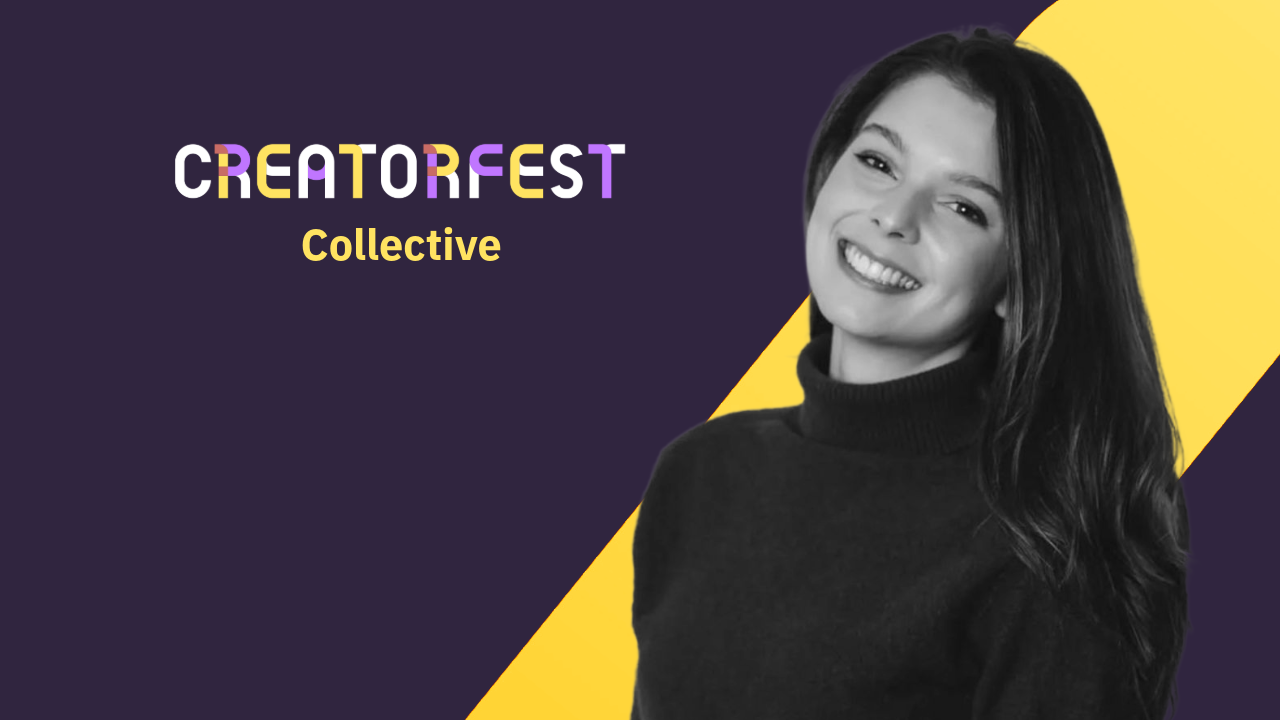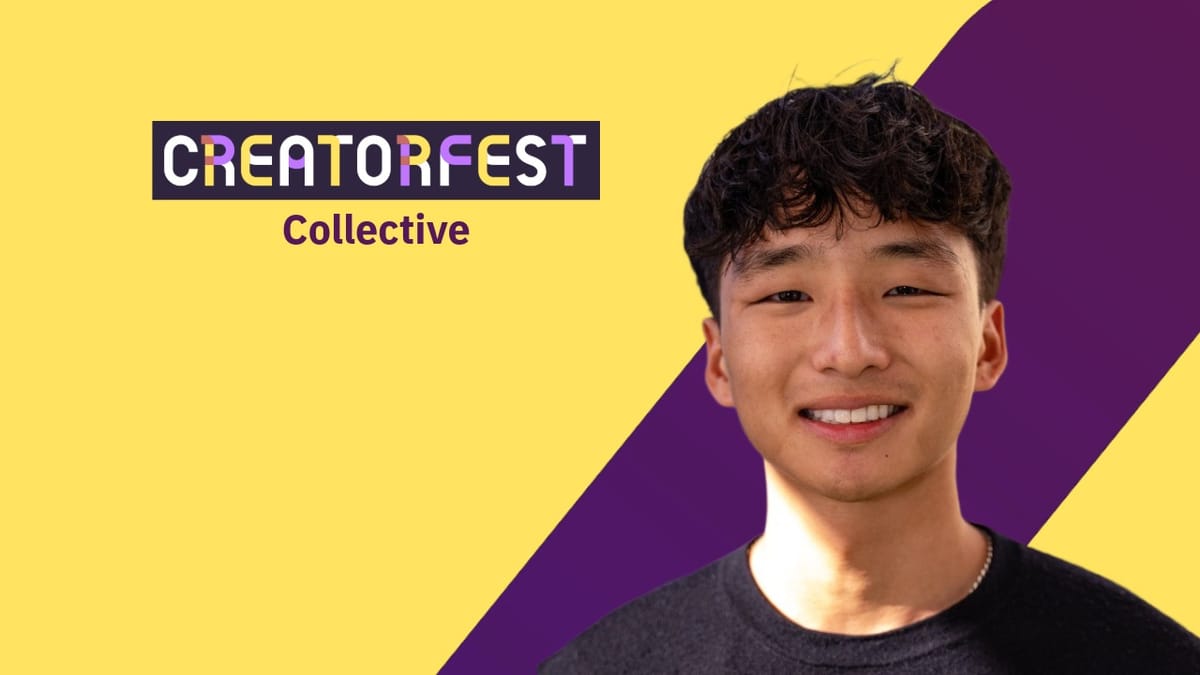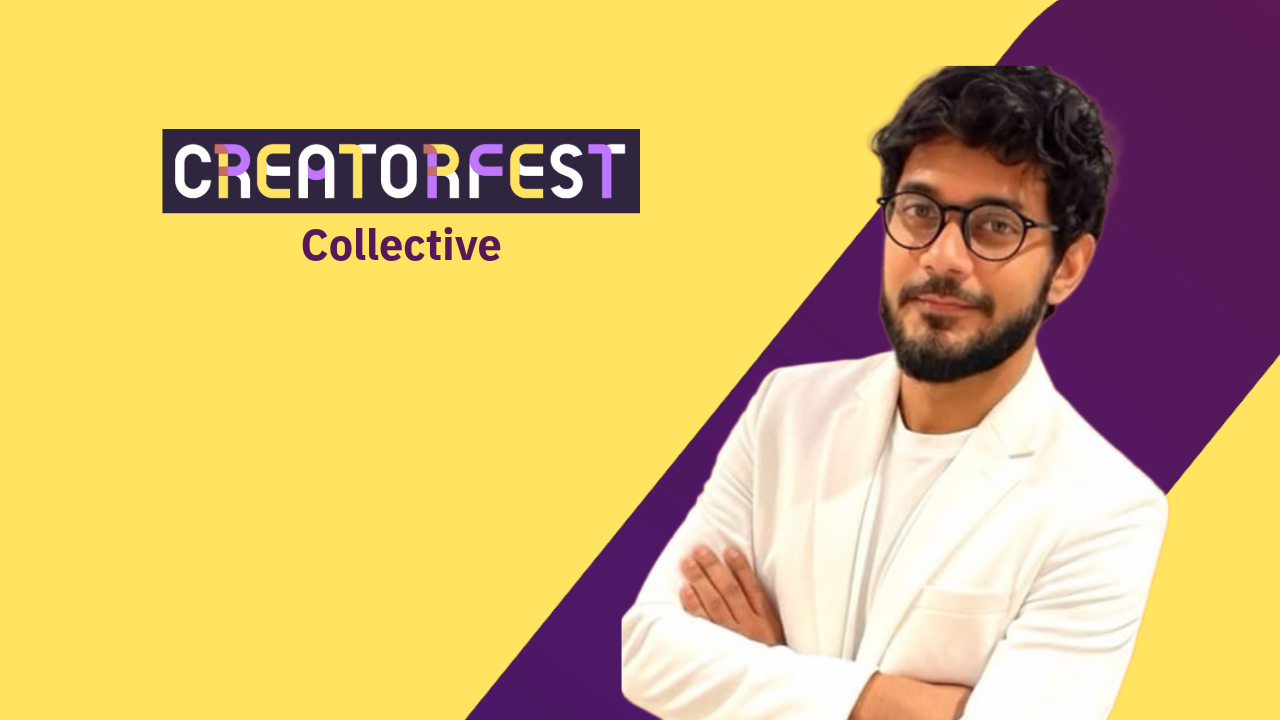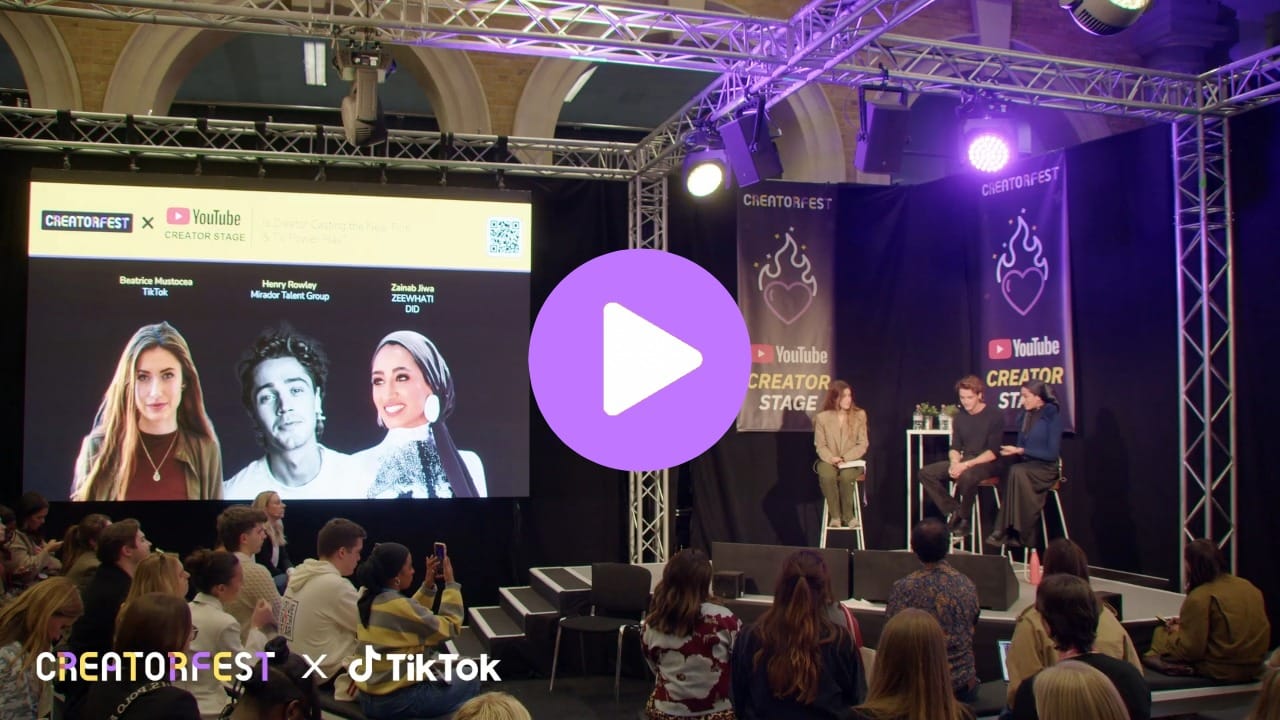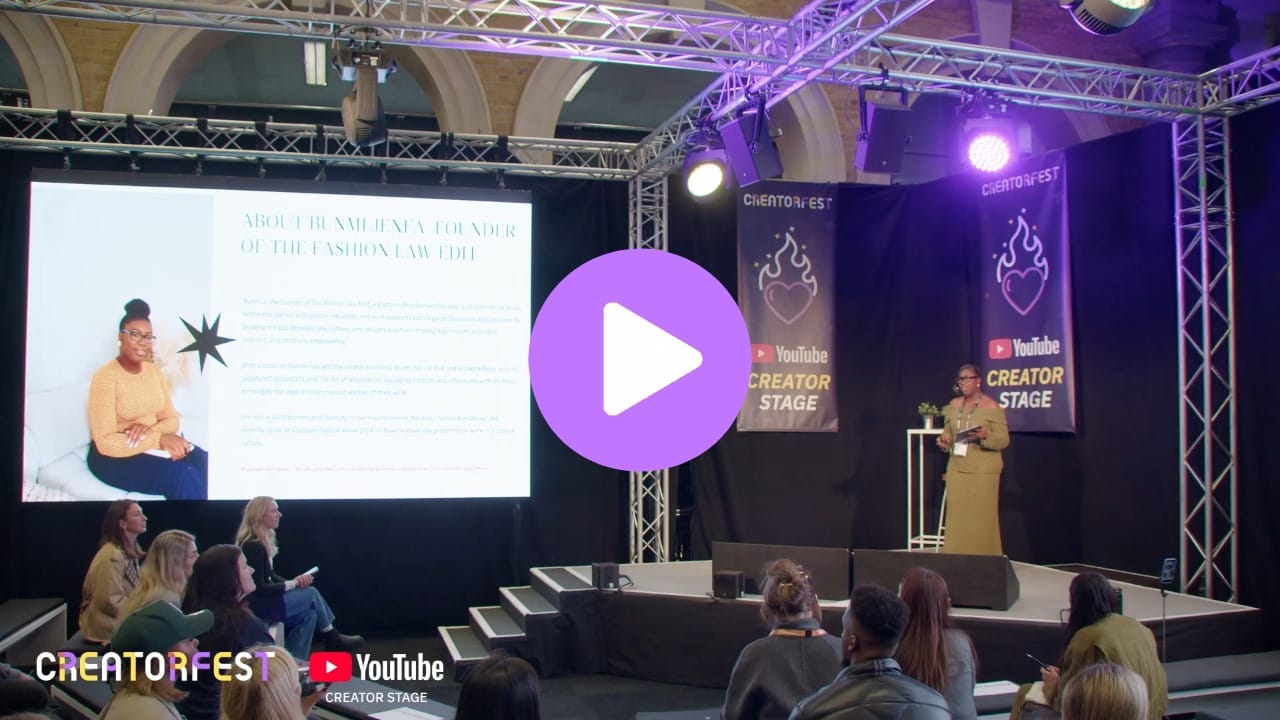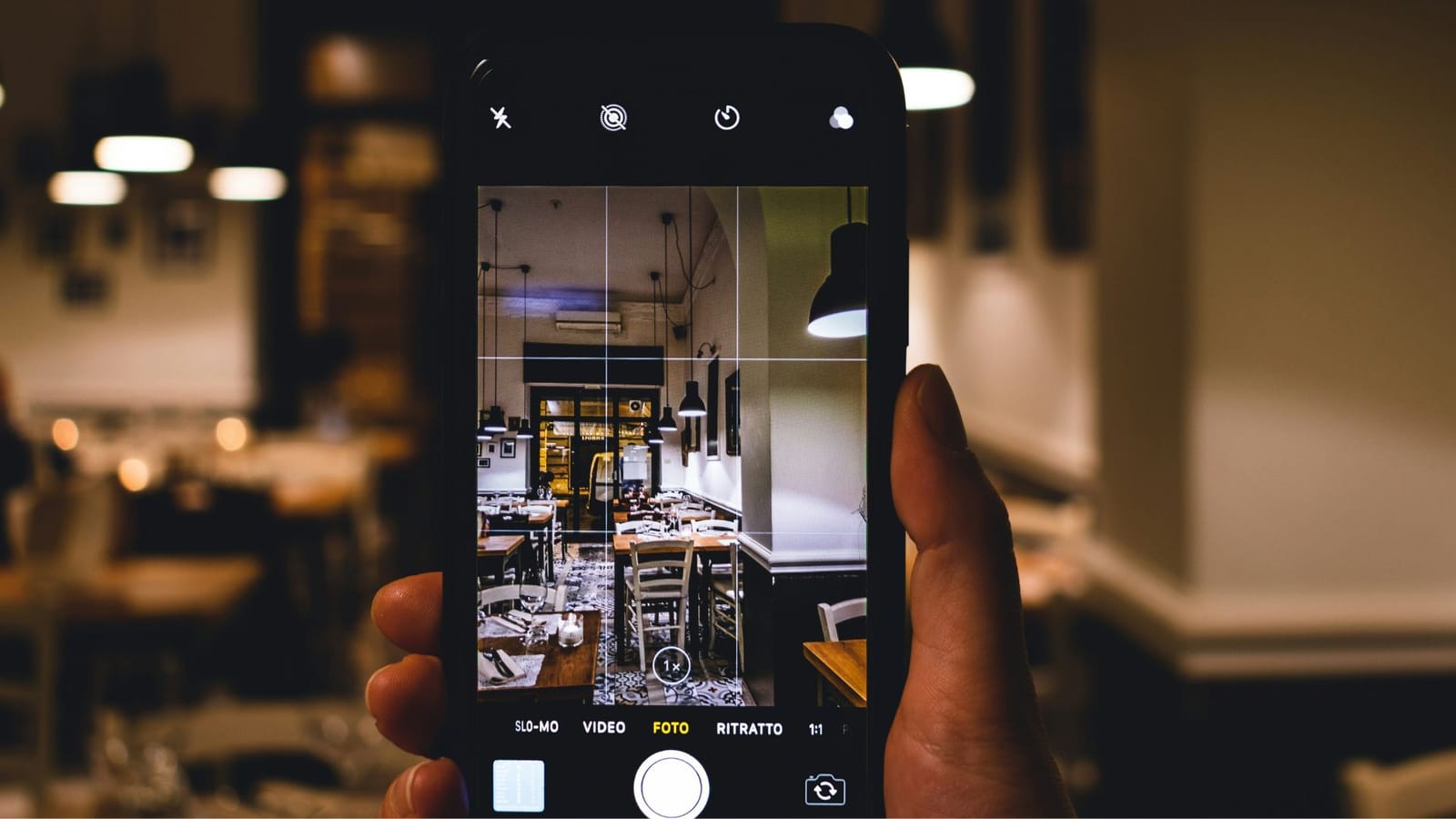The Paradigm Shift
The influencer marketing landscape stands at a pivotal inflection point. While we've mastered the art of authentic endorsements and creator partnerships, the brands that will dominate the next decade are already building something far more ambitious: persistent digital ecosystems where influence becomes infrastructure.
The Living Brand Universe concept represents a fundamental shift in how we approach audience relationships. Instead of borrowing credibility through creator partnerships, brands are becoming creators themselves: developing AI-powered characters that exist continuously across platforms, evolving narratives that span months or years, and community-driven content that makes audiences feel like co-authors rather than consumers.
Early Pioneers: Learning from the Frontrunners
Netflix's Character-Driven Engagement
Netflix demonstrated the power of persistent AI character engagement with their "El Bot" campaign for Stranger Things. The AI-powered chatbot, launched on Facebook Messenger, reached fans in over 24 countries and achieved an 88% user retention rate. This wasn't just a promotional tool: it was designed to feel like direct interaction with beloved characters, using advanced natural language processing to avoid spoilers and customize experiences based on viewers' progress through the series.
The campaign's success lay in creating genuine character interactions rather than marketing messages. As detailed by Campaign, El Bot encouraged users to "explore Messenger's full feature set through embedded podcasts, Spotify playlists, and video links", creating a persistent entertainment ecosystem around the show.
Duolingo's Persistent Storytelling Mastery
Perhaps no brand better exemplifies the Living Brand Universe concept than Duolingo. Since 2021, the language-learning platform has transformed from a 50,000-follower account to 16+ million TikTok followers by creating ongoing narrative arcs around their mascot, Duo the Owl.
Duolingo's strategy showcases several Living Brand Universe principles:
- Ongoing Character Development: Duo has evolved from a simple mascot into a character with personality, relationships, and story arcs. The brand maintains consistent storylines including Duo's rivalry with Google Translate, his "crush" on Dua Lipa, and interactions with the fictional Duolingo legal team.
- Community Co-Creation: When Duolingo "killed" Duo early this year, social media mentions spiked by over 25,000%, with #ripduo used more than 45,000 times. The campaign included a community-driven revival mechanism where users worldwide needed to collectively earn 50 billion XP to bring Duo back to life AND turning audiences into active participants in the brand narrative.
- Cross-Platform Narrative Continuity: Stories begun on TikTok continue across each platform adapted for its unique environment while maintaining narrative cohesion.
The results speak volumes: during the period of Duolingo's social-first transformation, worldwide monthly active users grew from 37 million to 116.7 million, earning them Social Marketer of the Year recognition in 2022.
The Infrastructure Challenge
Beyond Campaign Thinking
Traditional influencer campaigns operate in cycles: brief, activate, measure, repeat. But persistent brand universes require ongoing narrative management, cross-platform storytelling coordination, and community orchestration that resembles television production more than traditional marketing.
This evolution demands new competencies from influencer marketing specialists. We must become narrative architects, understanding how a TikTok moment connects to an Instagram revelation that culminates in a Discord community event. We need to think beyond individual creator partnerships to ecosystem design: how do human influencers, AI brand characters, and community members interact within the same narrative framework?
The Rise of AI Brand Characters
Character.AI's explosive growth, reaching over 200 million users, demonstrates consumer appetite for persistent AI character relationships. The platform's recent features preview the infrastructure brands will need for their own character ecosystems.
Major brands are already experimenting with AI character integration. Cadbury's AI-powered Shah Rukh Khan campaign generated personalized videos for thousands of small businesses, showing how AI characters can scale intimate brand experiences while maintaining emotional authenticity.
Platform Evolution and Cross-Channel Orchestration
The New Social Media Landscape
Recent platform developments signal the infrastructure emerging for Living Brand Universes. Discord and community-focused platforms are seeing surge in usage as algorithm fatigue sets in, while YouTube's "Seasons and Episodes" feature enables creators to develop deeper narrative arcs within social media frameworks.
Cross-platform storytelling is becoming essential, with successful brands creating content ecosystems where stories flow from YouTube to Instagram to TikTok, adapted for each platform's unique characteristics while maintaining narrative cohesion.
Measurement Paradigm Shifts
The measurement paradigm shifts dramatically in Living Brand Universes. Success metrics evolve from engagement rates and reach to "universe inhabitance time" and narrative participation rates. Brands are increasingly measuring time spent across all touchpoints rather than platform-specific metrics, recognizing that deep engagement across their ecosystem drives stronger business outcomes than viral moments.
Strategic Implications for Influencer Marketing Specialists
New Service Categories
For agencies and specialists ready to embrace this transition, the opportunity is substantial. Brands investing in Living Brand Universes will require sophisticated cross-platform orchestration, AI character development, community management, and ongoing narrative curation. All services that extend far beyond traditional influencer campaign management.
As industry experts predict, 2025 will see the rise of in-house content creators as standard roles, with millennials reaching senior leadership driving bigger social and influencer budgets. This creates opportunities for specialists who can bridge traditional influencer expertise with persistent storytelling capabilities.
Skill Development Requirements
The specialists who thrive in this new landscape will need to develop competencies in:
- Narrative Architecture: Understanding how stories unfold across platforms and time periods
- Community Orchestration: Managing ongoing relationships between brand characters, human influencers, and community members
- AI Character Development: Creating and maintaining consistent AI personalities that can engage authentically
- Cross-Platform Production: Coordinating content that adapts to each platform while maintaining narrative continuity
The Competitive Landscape
The question isn't whether this evolution will happen, but whether our industry will lead it or be disrupted by entertainment companies and gaming studios who already understand immersive world-building. As AI capabilities advance, the tools for creating persistent digital experiences become more accessible, lowering barriers for brands willing to experiment with new formats.
The transformation from interruption-based marketing to immersive brand universes represents the next evolution of influencer marketing. Those who master persistent, participatory storytelling will build the deepest customer relationships and most sustainable competitive advantages.
For influencer marketing specialists, this isn't just about learning new tools: it's about reimagining our fundamental role from campaign orchestrators to universe architects. The brands that understand this shift today will define the entertainment landscape of tomorrow.
If this conversation resonated, imagine the energy of being in the room with hundreds of creators, brands, and industry leaders all tackling the same challenges together. At CreatorFest you’re not just listening - you’re part of the community shaping what comes next.
Don't miss your chance to join the movement.


